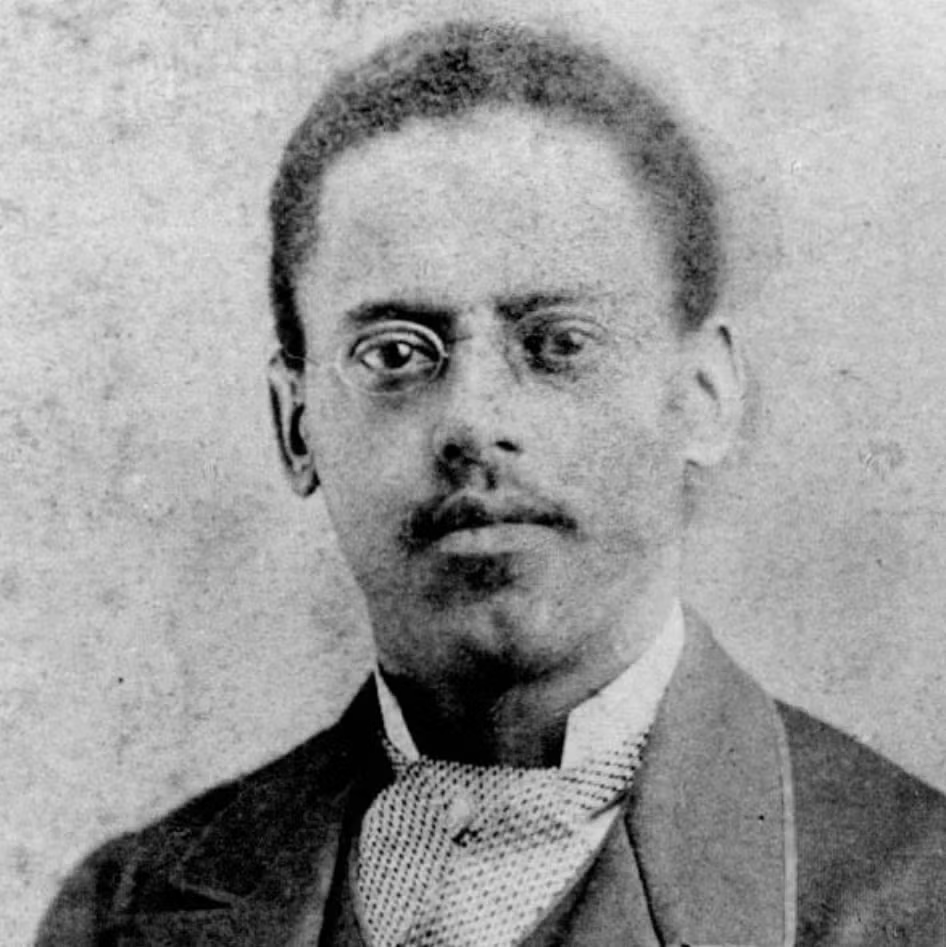
Table of Contents
Who Was Lewis Howard Latimer?
Lewis Howard Latimer was an inventor and engineer whose contributions to the fields of electrical engineering and patent law significantly impacted the technological advancements of his time. Born to parents who had escaped slavery, Latimer became a pivotal figure in the development of key inventions, including the telephone and the light bulb. Throughout his career, he worked alongside prominent figures such as Thomas Edison and Alexander Graham Bell and designed several of his own innovations.
Early Life and Family
Latimer was born on September 4, 1848, in Chelsea, Massachusetts, to George and Rebecca Latimer, who had fled slavery in Virginia six years before his birth. George Latimer was captured in Boston as a fugitive slave but was defended by abolitionists Frederick Douglass and William Lloyd Garrison. With their help, George purchased his freedom and settled in Chelsea with his family. Tragically, George Latimer disappeared after the Dred Scott decision in 1857, possibly fearing a return to the South.
As the youngest of four children, Latimer grew up in challenging circumstances. After his father’s disappearance, he worked to support his mother and family. At the age of 16, he enlisted in the United States Navy during the Civil War, lying about his age to do so. Following his honorable discharge, Latimer returned to Boston, where he took a modest job at the Crosby and Gould patent law office.
Career and Inventions
Latimer’s interest in mechanical drawing led him to teach himself the craft by observing the firm’s draftsmen. His talent was quickly recognized, and he was promoted from office boy to draftsman. Over time, he began to design his own inventions, such as an improved railroad car bathroom and an early air conditioning unit.
During a period of significant scientific progress in the post-Civil War era, Latimer became closely involved with groundbreaking inventions. He contributed to the patenting of the telephone, working alongside Alexander Graham Bell. Additionally, Latimer played an essential role in the development of incandescent lighting. He worked for Hiram Maxim and Thomas Edison, the latter of whom would become a key collaborator. Latimer’s expertise in patents and electrical engineering made him an invaluable asset to Edison, particularly in defending and promoting Edison’s light bulb design.
In 1890, Latimer published Incandescent Electric Lighting: A Practical Description of the Edison System, a book that provided detailed insights into the design and workings of the incandescent light bulb. Latimer continued his work as a patent consultant until his retirement in 1922.
Personal Life
Latimer married Mary Wilson in 1873, and the couple had two daughters. The Latimers were active members of the Unitarian Church, and Latimer was involved in Civil War veterans’ groups, including the Grand Army of the Republic. Beyond his engineering expertise, Latimer had a creative side, enjoying hobbies such as playing the flute, writing poetry, and composing plays. He also dedicated time to teaching mechanical drawing and English to recent immigrants at the Henry Street Settlement in New York.
Death
Latimer passed away on December 11, 1928, in Flushing, Queens, New York. His wife, Mary, had predeceased him by four years.
Through his pioneering work in engineering, invention, and patent law, Lewis Howard Latimer left an enduring legacy in the history of American innovation.
